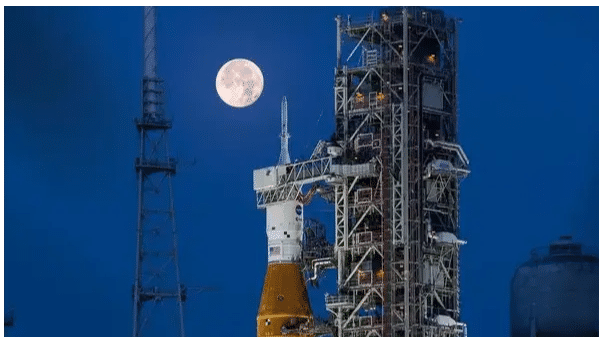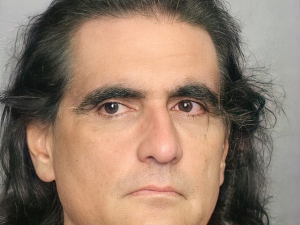The launch of Artemis 1 is anticipated to take place at the end of this month as part of its goal to return to the moon.
An empty crew capsule will be launched into space by the Space Launch System (SLS) and circle the Moon before returning to Earth 42 days later.
Also Read| NASA prepping for Artemis I lunar launch from Florida
NASA will provide thorough coverage of Artemis I’s prelaunch, launch, and postlaunch activities. This historic unmanned practise run around the moon will pave the way for a crewed moon-bound flight test with Artemis 2 in 2024 and a real lunar landing with Artemis 3 by 2025.
And with live coverage of the launch and the mission’s development, everyone in the globe may watch from home.
Also Read| Ukraine was ‘reborn’ six months ago: Zelenskiy says marking 31 years of independence
When and where:
The launch is scheduled for August 29 at 6:03 pm IST.
The rocket will launch from the Kennedy Space Center. Some will be watching live and in person, and Nasa has already sold out of visitor complex tickets.
The countdown begins approximately 45 hours before the launch, when teams prepare and load more than 700,000 gallons of supercold fuel into the SLS rocket.
NASA will begin live coverage of the SLS rocket’s fueling at midnight on Monday on NASA.gov, NASA TV, and YouTube. Full coverage will be availalbe on on NASA’s YouTube, Twitter, and Facebook pages.
Also Read| Meta to settle for $35 million in location tracking lawsuit
Launch time around the world-
- US: 5:33 a.m. PT / 8:33 a.m. ET
- Brazil: 9:33 a.m. (Federal District)
- UK: 1:33 p.m.
- South Africa: 2:33 p.m.
- Russia: 3:33 p.m. (Moscow)
- UAE: 4:33 p.m.
- China: 8:33 p.m.
- Japan: 9:33 p.m.
- Australia: 10:33 p.m. AEST
Also Read| Why did Capitol Records cut ties with AI rapper FN Meka?
Artemis 1 is the first mission in NASA’s larger Artemis programme, which aims to return astronauts to the moon, build a long-term moon base, and then head to Mars. The astronauts on those long moon missions will be exposed to far more radiation than those on the International Space Station in low Earth orbit (ISS). Artemis 1 is carrying several payloads for scientists in order to better understand the risks of space radiation and develop countermeasures.
This month’s launch should be quite the spectacle because the last time a rocket this potent thundered off a KSC pad was in 1973 when a Saturn V moon rocket delivered Skylab into orbit, ending the Apollo era.







